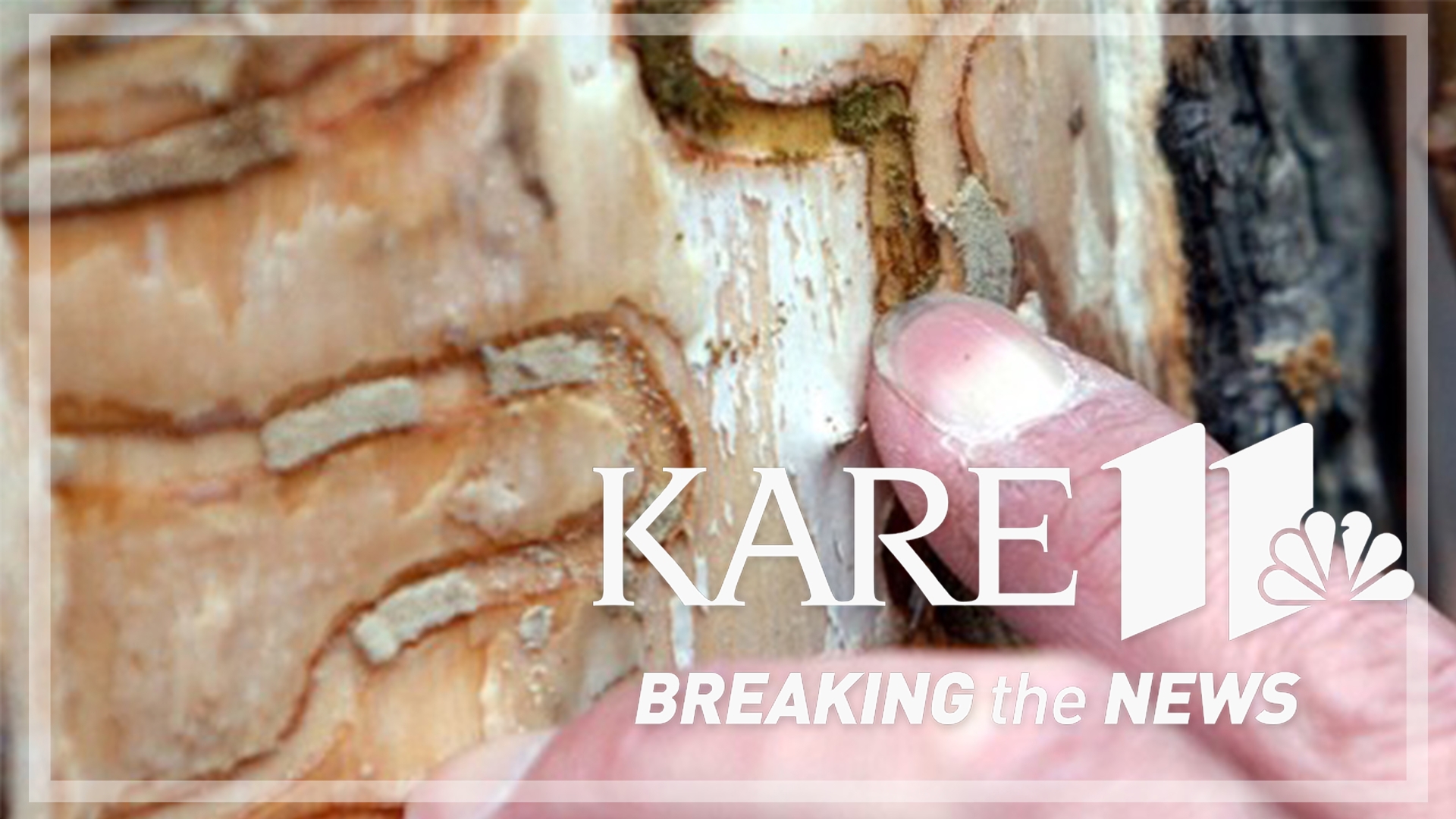MINNEAPOLIS — For the past 15 years, the Twin Cities have had a message about their ash trees - beware of the emerald ash borer.
The invasive beetle was discovered in the area around 2009 and attacks and kills the trees.
St. Paul and Minneapolis have been working on a plan to remove the infested trees and replant new ones on public property ever since. The city's forest specialists say they've finished the job, but work to restore the urban forest is never done.
"It has been the generational challenge and opportunity for us to navigate," said Minneapolis Park and Recreation Board Sustainable Forestry Coordinator Philip Potyondy.
Minneapolis has replaced about 40,000 infected trees from public streets and parks in eight years. It has cost taxpayers about $13 million, but Potyondy feels like they finally have a handle on the problem.
"The work is never done, but we've completed one of our plans in our long-term work," said Potyondy.
The plan also calls for planting a more diverse mix of trees on each block to enhance their resiliency.
It's the same strategy St. Paul Urban Forester Supervisor Rachel Jongeward has been employing. Experts will eventually plant several different tree varieties like crabapple, oak, maple, and elm in each spot an ash tree was removed.
"Trees just provide so many benefits, not only to people but to the space," said Jongeward. "I think replanting with those more diverse species is going to allow both people and others living in that community to thrive."
Jongeward estimates the beetle wiped out 27,000 trees. It cost about $36 million to mitigate the problem over the years. The last of the trees were removed around June and what's still vacant will have new trees planted this fall.
"I think it's been difficult for us as foresters, and for the community as a whole, to lose such a high number of trees, so, it's been good and bad," said Jongeward.
The wood, though, doesn't go to waste. It's brought to processing plants and turned into mulch or fuel.
Some residents in Minneapolis are also helping to save some of the healthy ash trees still left by chipping in to pay for the pesticides that keep the beetle away. Each tree has to be treated every two years.
"We want to keep enjoying them because they provide for us and I feel good caring for them, knowing that they serve our community," said Potyondy.
Both cities require private property owners to remove dead or infested trees if they pose a danger to adjacent property. For now, only Minneapolis provides grant funding to help pay for that cost.

